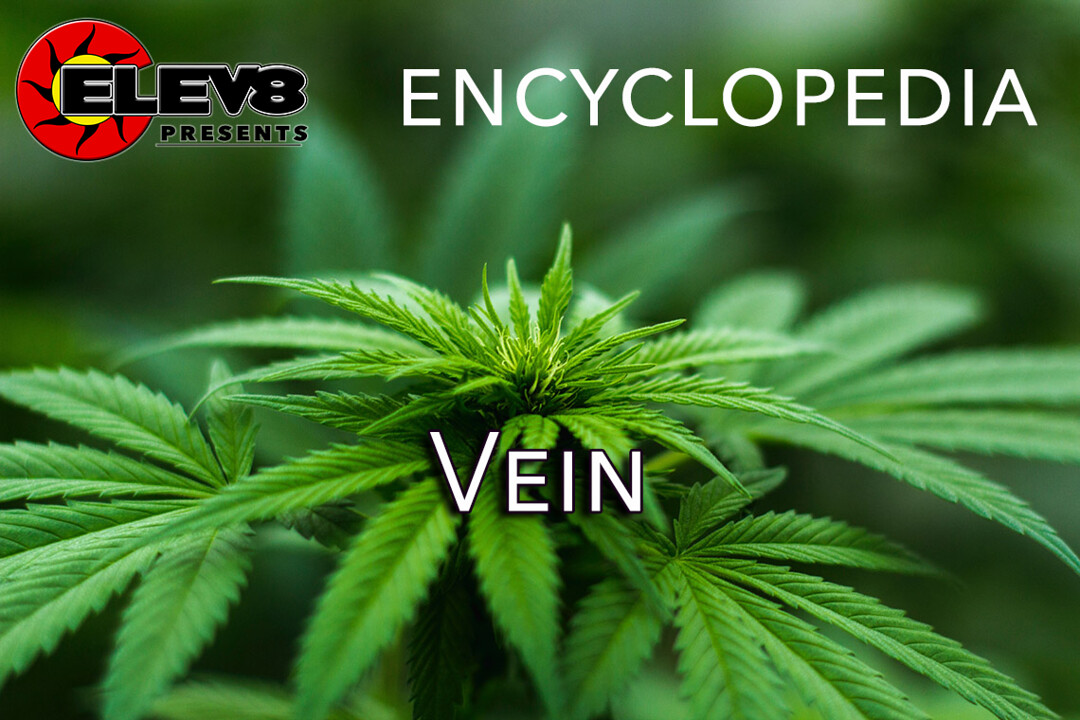What does Vein mean?
Veins are an integral part of plants and act as a medium to transfer minerals and nutrients in leaves. When plants are watered at the flower bed, the roots uptake the water and transfer the nutrients throughout the veins of the leaf. The veins of a plant are its lifeline, in much the same way veins are the lifelines in human bodies.
A plant leaf’s vein pattern is known as its venation pattern. There are numerous types of venation, all of which outline how a vein of a leaf emerges from the main point. For example, pinnate venation refers to feather-like veins, while parallelodromous venation refers to two or more primary veins originating beside each other at the leaf base.
More Info On Vein
Along with nutrients and minerals, the veins are responsible in transferring glucose that help leaves synthesize glucose across the plan. Through this process, the growth of plants is improved, resulting in better crop yields.
While the veins of leafs are integral in transporting minerals and nutrients across the plants through the petiole, they also have a mechanical function. Veins are crucial in the process of photosynthesis and ensure there is enough water for the process at all times.
The major types of veins include primary and secondary veins, and while there are other branch-out veins, they are not discussed as much. Primary veins are veins that enter leaves from the petiole. Secondary veins are veins that branch out from the veins that enter leaves from the petiole.
All parts of the veins work to aid the blade or lamina. Note that veins are in the leaves, not a plant’s stem. In vascular plants, rather than veins, there are two main ‘highways’ that nutrients and water travel: the xylem and the phloem.
This definition was written in the context of Plant Biology







